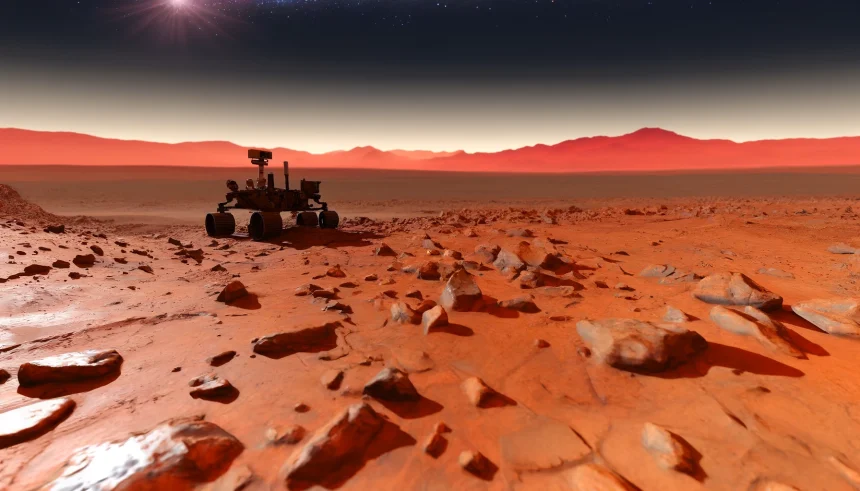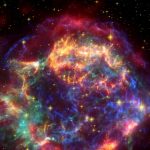A recent astronomical observation has identified a massive star in the Andromeda galaxy that seemingly bypassed the typical supernova explosion, directly collapsing into a black hole. This discovery challenges existing theories on stellar evolution and the life cycles of massive stars. The star, designated M31-2014-DS1, exhibited unusual behavior over several years, raising questions about the mechanisms that govern such celestial phenomena.
Historically, supernovae have been well-documented as the explosive end for massive stars, leading to the formation of neutron stars or black holes. However, the detection of M31-2014-DS1 adds a new dimension to our understanding, suggesting that a significant fraction of massive stars may follow an alternative path. This aligns with previous observations of failed supernovae but provides more concrete evidence of their existence.
How Did M31-2014-DS1 Avoid a Supernova Explosion?
The star maintained a steady luminosity for about a thousand days before its brightness sharply declined without the classical outburst of a supernova. Researchers attribute this to the failure of the neutrino shock wave to revive the collapsing core, resulting in the direct formation of a black hole.
“The absence of a luminous supernova suggests that the core-collapse mechanism did not proceed as typically expected,”
explained Kishalay De, the study’s lead author.
What Implications Does This Discovery Have for Astrophysics?
The finding indicates that the processes leading to black hole formation are more varied than previously thought. It suggests that up to 30% of massive stars might end their lives without a visible supernova, affecting our understanding of stellar populations and the distribution of heavy elements in galaxies.
What Are the Future Research Directions Following This Discovery?
Future studies will focus on identifying more instances of failed supernovae to better estimate their frequency and influence on galactic evolution. Enhanced observation techniques and surveys are expected to provide deeper insights into the conditions that lead to such outcomes.
This observation echoes the 2009 discovery of N6946-BH1 in the Fireworks Galaxy, reinforcing the notion that failed supernovae are a legitimate and significant aspect of stellar death. The contrasting characteristics of these events compared to traditional supernovae highlight the complexity of stellar collapse and the factors determining their ultimate fate.
Understanding the prevalence and mechanics of failed supernovae like M31-2014-DS1 is crucial for refining models of stellar evolution. It also has broader implications for our knowledge of black hole formation and the role these celestial bodies play in the universe’s structure.
This discovery not only challenges existing paradigms but also opens new avenues for research, emphasizing the dynamic and ever-evolving nature of astrophysical sciences.










